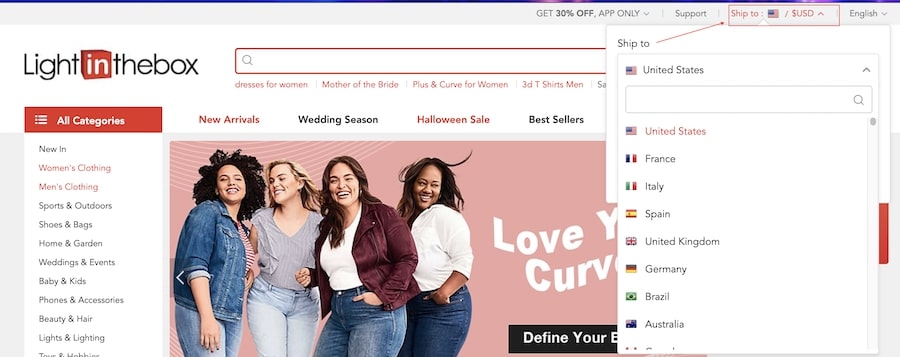
You might be surprised to find out that the at symbol is a word that can be used in many languages. It is often used in a variety of ways and is often associated with social media platforms and the internet. The @ symbol is also known to be used as a synonym for "cat", "monkey", or "snail".
The at symbol is also commonly known as "at" in English. It is found in many email addresses and on Internet. However, formal writing rarely uses it. Most people associate it to an Internet address. It has also been used in numerous social media posts.
The 14-kilos old weight unit was the source of the name "at". IBM introduced it in the early 1980s. This symbol was first used on a variety of typewriters. It has been seen on computers across many countries since its initial introduction.
In addition to its use within the computer, the At symbol is also used in a range of other languages. The Chinese mouse is shu. While the Xiao Lao Shu, which is short for at, is a word that can be found in Taiwan, Macau and Hong Kong, it is the Xiao Lao Shu.

The at symbol can be used to indicate list concatenation. It is also used frequently in modal logic. At can also be used in phrasal verbs to indicate a location or a site.
It is most commonly associated with an Internet URL, but it can also refers to a dog or monkey or even a snail. It can also be used as a locus for genetics to denote trapped molecules in chemical formulas. The at sign can also be used to indicate sports, reading, or exercises.
When used as an e-mail address, the @ symbol is usually shorted to a-rond or -@. These two forms are of the A-rond symbol but the e-mail address is usually shortened to a-rond or -@.
Although the at symbol has a wide range of uses, it is most commonly used in a variety of social media. People may post "Don’t @ me!" messages. In a conversation, people might post a "Don't @ me!" message. It isn't the most formal way of writing a message but it can be fun.
Many languages have nicknames that refer to the at symbol. Other names include majmunche from Macedonian and ad Italian, clinging mongrel in German, or shtrudel in Hebrew.

It is also used in a variety of languages. The at symbol can be used to indicate computerization. It was previously used in a two-part address that included the sender's information and the computer's identifier. Later, the use of the at symbol was expanded to include accounting professionals and commercial grocers.
Despite its multiple uses, the at symbol can be pronounced exactly the same throughout most of the world. In the Baltic region, for example, it's pronounced eta. While in the Basque, it's bildua. It is not unusual for a pronounced at sign to be found in a variety of languages, including Latin.